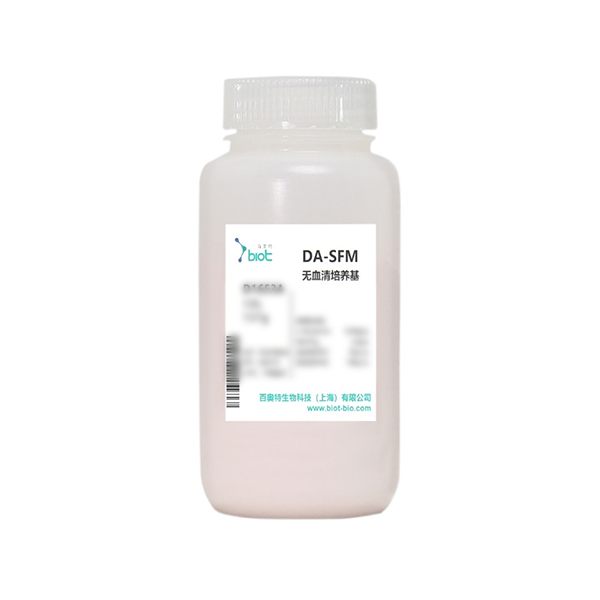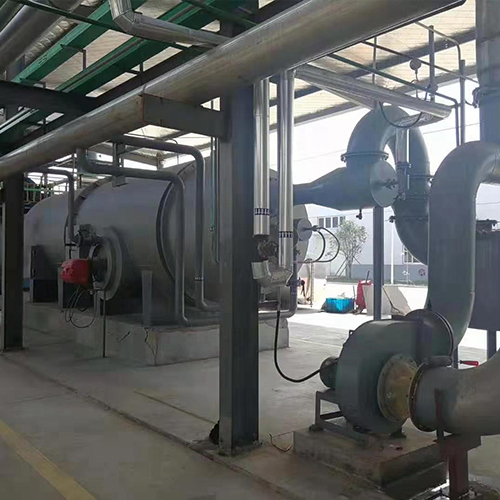Flaky rocks, characterized by their layered structure and tendency to break into thin sheets, are a fascinating subject within the field of geology. These rocks not only provide insights into the Earth's history but also have practical applications in various industries, including construction, landscaping, and even art. In this article, we will explore the different types of flaky rocks, their formation processes, and their significance in both natural and human-made environments.
Understanding Flaky Rocks: The Basics
Flaky rocks, often referred to as foliated rocks, are primarily metamorphic in nature. They exhibit a distinct layering or banding due to the alignment of mineral grains under directed pressure and temperature conditions. This foliation can result from various geological processes, including regional metamorphism, where large areas of rock are subjected to high pressure and temperature, and contact metamorphism, which occurs when rocks are heated by nearby molten magma.
Types of Flaky Rocks
- Slate
- Formation: Slate is formed from the metamorphism of shale, a sedimentary rock composed primarily of clay minerals. Under increased pressure and temperature, the clay minerals recrystallize, resulting in a fine-grained, durable rock.
- Characteristics: Slate is known for its excellent cleavage, allowing it to be split into thin, flat sheets. It is commonly used in roofing, flooring, and as a material for chalkboards.
- Uses: Beyond construction, slate is also utilized in artistic applications, such as sculpture and engraving, due to its aesthetic appeal.
- Schist
- Formation: Schist is a medium-grade metamorphic rock that forms from the alteration of shale or other sedimentary rocks. The process involves significant heat and pressure, leading to the growth of larger mineral grains.
- Characteristics: Schist is characterized by its shiny appearance, often containing visible mica flakes that give it a glittery look. The foliation in schist is more pronounced than in slate, making it easier to split.
- Uses: Schist is often used in decorative stone applications and as a source of minerals like graphite and talc.
- Gneiss
- Formation: Gneiss is a high-grade metamorphic rock that forms from the intense metamorphism of granite or sedimentary rocks. The process involves the segregation of mineral bands, resulting in a distinctive banded appearance.
- Characteristics: Gneiss typically exhibits a coarse texture and is composed of alternating light and dark bands of minerals, primarily quartz, feldspar, and biotite.
- Uses: Due to its durability and aesthetic qualities, gneiss is often used in countertops, flooring, and as a decorative stone in landscaping.
- Phyllite
- Formation: Phyllite is formed from the metamorphism of shale, similar to slate, but under higher temperatures and pressures. This process leads to the development of a silky sheen on the surface.
- Characteristics: Phyllite has a finer grain than schist but coarser than slate, with a characteristic sheen due to the presence of mica. Its foliation is less pronounced than in schist.
- Uses: Phyllite is often used in construction and as a decorative stone, particularly in landscaping and garden paths.
The Geological Significance of Flaky Rocks
Flaky rocks play a crucial role in understanding the geological history of an area. Their formation processes provide insights into the conditions of the Earth's crust during different geological periods. For instance, the presence of schist or gneiss can indicate significant tectonic activity, while slate may suggest a more stable environment.
Moreover, flaky rocks can serve as indicators of past environmental conditions. The mineral composition and texture can reveal information about the temperature and pressure conditions during their formation, aiding geologists in reconstructing the geological history of a region.
Practical Applications of Flaky Rocks
The utility of flaky rocks extends beyond their geological significance. In construction, slate and gneiss are prized for their durability and aesthetic qualities, making them popular choices for roofing, flooring, and decorative features. Additionally, the unique properties of these rocks make them suitable for various industrial applications, including the production of ceramics and as a source of minerals.
In landscaping, flaky rocks are often used for pathways, retaining walls, and decorative features due to their natural beauty and ability to withstand weathering. Artists also appreciate these rocks for their workability and visual appeal, using them in sculptures and other creative endeavors.
Conclusion
Flaky rocks, with their diverse types and unique characteristics, offer a wealth of information about the Earth's geological processes and history. From slate to gneiss, each type of flaky rock has its own formation process, properties, and applications, making them invaluable in both natural and human contexts. Understanding these rocks not only enhances our knowledge of geology but also opens up a world of practical uses that continue to benefit various industries today. As we delve deeper into the study of flaky rocks, we uncover not just the layers of the Earth, but also the layers of history and utility that they represent.




